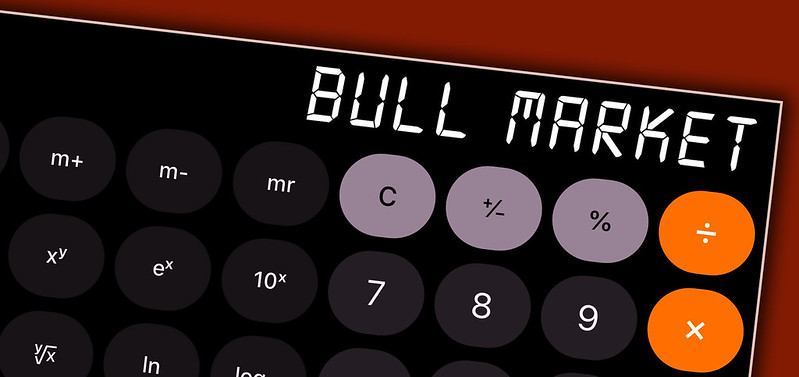
Perhaps you’re just starting out as a day trader and wondering how to proceed. If you are looking forward to making profits, you might consider becoming a swing trader.
What Is Swing Trading?
Swing trading is a short-term trading method. You buy and sell stocks within days, make multiple small gains, and build a substantial income over time.
Swing Trading Versus Day Trading: What Is the Difference?
The first difference is the time frame during which the traders keep their positions. A day trader never holds a stock more than a day, only from a few seconds to a few hours. Swing traders hold a stock for few days to two or three weeks
The second difference is the time commitment. Day trading is a full-time job requiring constant monitoring of the positions held. Swing trading, by contrast, may involve a few transactions some days and nothing on others. As a swing trader, you can check your positions periodically or manage them with alerts to let you know when to take action.
What Do I Need To Be a Swing Trader?
To begin swing trading, you only need a brokerage account and capital. Beginning traders can be successful at swing trading and seeing profits rapidly keeps their motivation high.
Here are some simple rules to succeed:
- Plan. Know your entry and exit level, your stop-loss point before you trade
- Control your emotions
- Risk management is more important than the rewards
Swing Trading Strategy
The basis of a swing trading strategy is to aim for modest returns like 10% or even less. But because the average length of trade is between 5 to 10 days, you can make multiple small wins, that will add up to big returns. It is also essential to keep the losses short. To do so, take losses quicker than the normal stop loss and exit a position as soon as you identify signs that its price will drop.
How Does Swing Trading Work?
The key is to pick the right stocks. Large-cap stocks are the best choice you can make. They are part of the most actively traded stocks on the major exchanges and swing between broadly defined high and low extremes.
First, observe the active market. Once you identify the trend, buy before the price increase. Then, ride along for a couple of days or weeks and sell before the stock reverses direction.
What Is the Right Market for Swing Trading

When the market is extreme, bearish or bullish, even the most active stocks don’t show the same up and down variations as to when indices are moderately stable for a few weeks or months.
It is when the market’s indices rise for a couple of days, then drop for the next few days, and repeat the same general pattern several times that the swing trader is at his best.
Swing trading is the best trading technique for beginning traders and can be very satisfying for experienced traders too. With discipline, planning, and some simple rules, you can be a successful swing trader.








